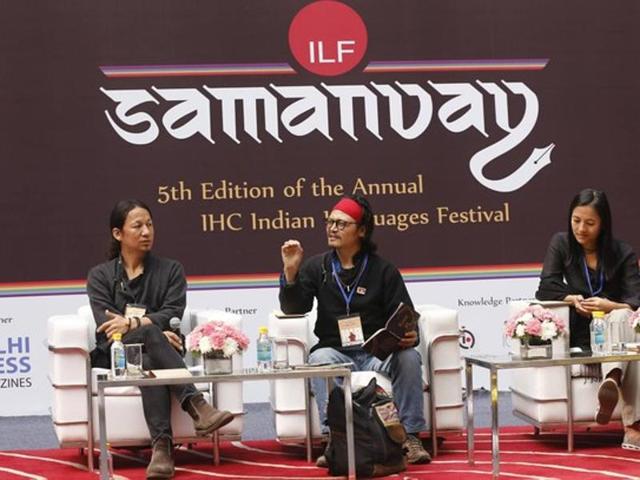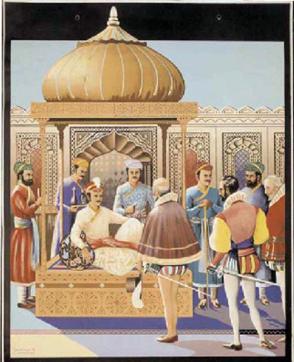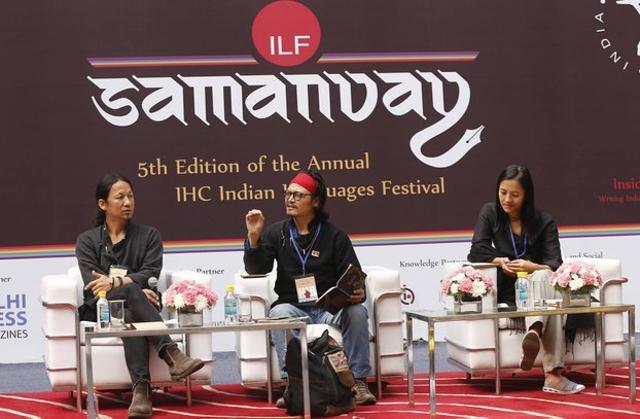The 6th Samanvay festival poser: Can language play games?
Don’t miss the 6th ILF Samanvay festival
Consider this. It is the late 11th century and Qutub-ud-din-Aibak, a Turk, has his sights on Delhi. But to reach Delhi, he has to cross Punjab. Innkeepers, to house the passing army, pick up Turkish. Aibak’s chefs, to make him kofte, go to the market to pick up meat and vegetables, and in the process, Punjabi as well. Sufis in Delhi, around the same time, drop their language (Persian) to popularise Sufism and speak the language of the street, Hindvi/Dehlavi, a form of Hindustani.


In the 15th century, Emperor Akbar, an Agra boy, is busy backing Braj and getting Persian manuscripts translated in his adopted tongue. When the Turks next set their sights on Gujarat and eventually the Deccan, the language travels with them. In other words, Dehlavi becomes Gujri, which in turn is transformed into Deccani. By the time the Turkish armies return to Delhi, kingdoms have been won and lost, the last great Mughal, Aurangzeb is on his deathbed – he did neat love poetry in Braj by the way -- and the language to communicate all this history is being done in Urdu, which, as it turns out, is then called Rekhta.
So, the languages of India are the carrier of all these memories, quarrels and oneupmanships. Directed by writer Rizio Yohannan Raj, ILF Samanvay, the Indian Languages Festival held annually in Delhi, is flagging off its sixth edition (November 5-7) with a conversation on the languages of Delhi on July 13.

“The larger theme is Language as Public Action,” says Raj. “This is not a lit-fest. We are not looking at languages literarily, but as intersections of various cultures – language as performance, visual art, food…”
Heritage activist Sohail Hashmi, cultural commentator Alok Rai and educationist Syeda Hameed will participate in the panel discussion.
“Diversity is fundamental to creativity and the languages of Delhi are a good illustration of this creativity born in diversity,” says Rai, an academic, who is the grandson of Munshi Premchand, one of the most celebrated writers of Hindi. The division of Hindustani was effected by the British as their foothold strengthened in India, says Sohail Hashmi. “If you wrote it in the Nagri script, they called it Hindi. If you wrote it in Persian, they called this Urdu.” This story isn’t over yet.
When: July 13, 7 pm
Where: Amaltas Hall, India Habitat Centre, Lodhi Road





